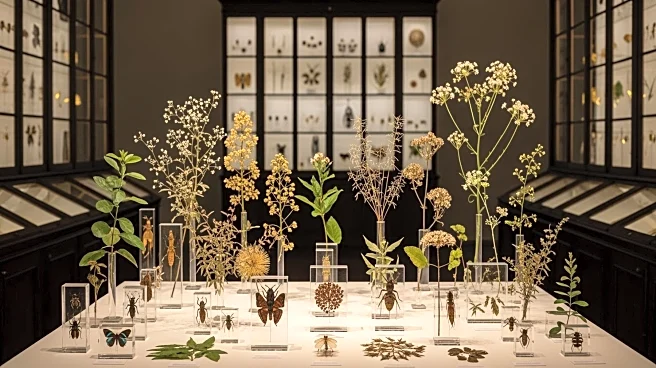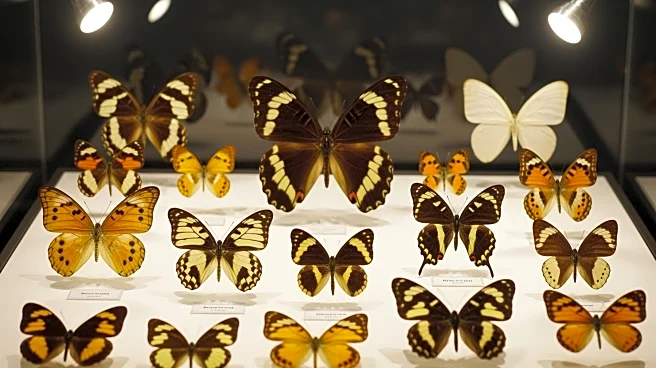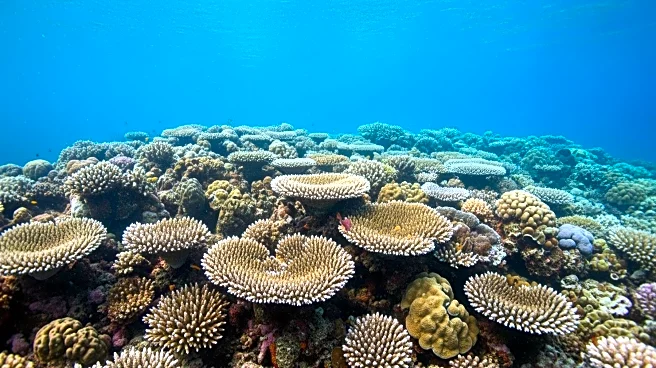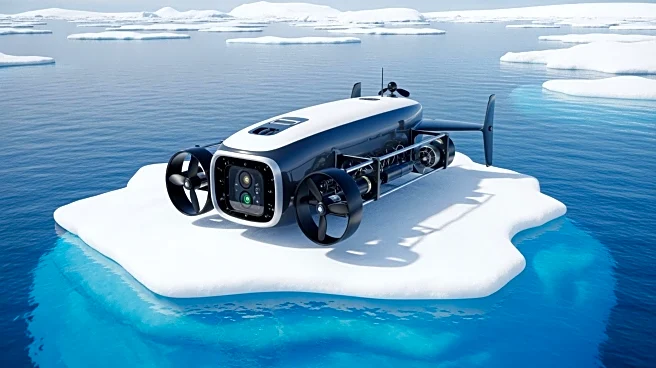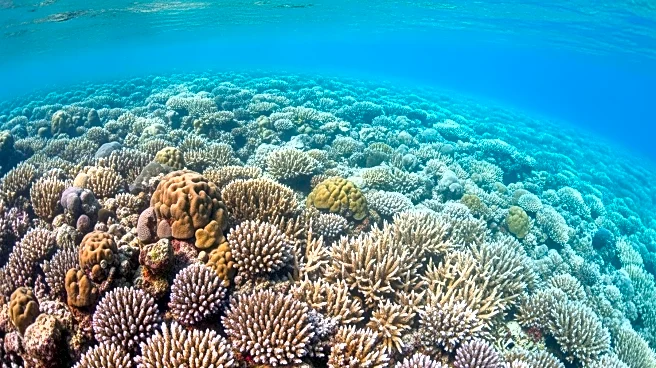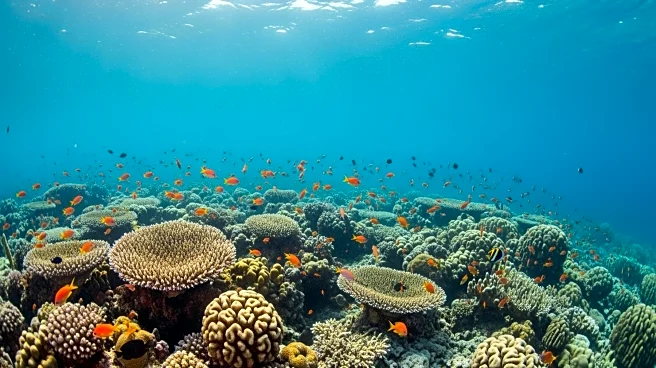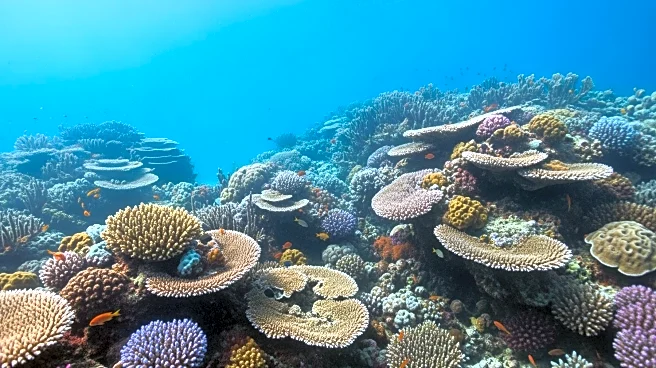What's Happening?
Recent analysis reveals a significant decline in the rate at which natural history collections are adding specimens, affecting major taxonomic groups such as plants, vertebrates, and insects. This trend,
observed through data from the Global Biodiversity Information Facility (GBIF), indicates a narrowing range of species being collected over smaller spatial extents. The decline in specimen-based data is occurring amidst escalating environmental challenges that require comprehensive biodiversity data to address issues like climate change, biodiversity loss, and ecosystem service deterioration. Despite advancements in digitization and data analytics, the reduced spatiotemporal coverage and quantity of collection data are impairing the ability to tackle pressing ecological questions and increasing uncertainty in scientific inferences.
Why It's Important?
The decline in specimen data from natural history collections poses a significant threat to biodiversity science and environmental policymaking. These collections provide critical data for understanding and responding to global crises such as climate change and biodiversity loss. Reduced specimen data coverage leads to lower accuracy and higher uncertainty in predictions, undermining efforts to manage ecosystems and conserve biodiversity. The erosion of collection data value hampers the ability to integrate emerging technologies and data streams, such as genomics and AI, which are essential for deriving actionable insights. This trend risks compromising the scientific community's ability to address urgent environmental challenges effectively.
What's Next?
To address the decline in specimen data, the scientific community must adopt data-driven approaches to optimize collection efforts and digitization. This includes prioritizing projects based on current and future trends, and leveraging technologies like AI to enhance data quality. Collaborative advocacy for the value of collections data is crucial to secure resources and support from funding bodies. Future collecting activities should focus on characterizing eco-evolutionary processes and predicting environmental impacts, while maintaining species discovery in biodiversity hotspots. Integrating specimen metadata with other data sources and improving public awareness can help reinvigorate interest in collecting activities.
Beyond the Headlines
The decline in natural history collections data highlights broader issues such as resource constraints, regulatory challenges, and shifting workforce priorities. Ethical considerations, such as biosecurity and conservation concerns, increasingly influence collection permits. The growth of alternative data streams, like citizen science, may contribute to perceptions that physical specimen collection requires stronger justification. Addressing these challenges requires strategic planning and investment in digital infrastructure to harmonize collections-based data with other ecological sources, ensuring their continued relevance in tackling global environmental problems.


